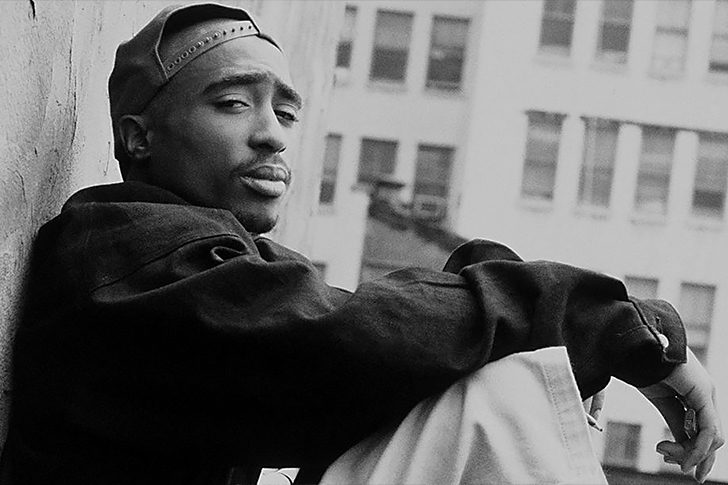The Tragic Forgotten Tale That Inspired Tupac’s “Brenda’s Got A Baby”
A Voice For The Voiceless

Those young women had every right to experience a normal life like any other child but unfortunately for them, they grew up in an area and under conditions that already decided their fate for them. The women had no say in how they could dictate their lives and would eventually fall prey to the same toxic system that raised them.
Shakur’s song “Becca Had A Baby,” tells us a story about a young girl experiencing the negative effects of teenage pregnancy, and the music video shows us the life she will lead after the incident. The song highlights how disconnected people are from the victims themselves.

You must be logged in to post a comment Login